How Healthy Is Your Christmas Buffet?
December is the month of peak calorie consumption, but what foods are the worst offenders?
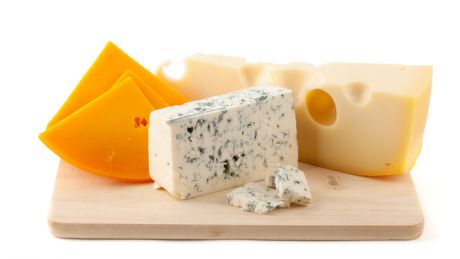
The average British male gains around 3kg over the festive period, as temptation gets the better of him. There’s a generally held belief that the extra weight you put on at Christmas doesn’t show up for two weeks, giving you time before you have to strike back and do anything about it. This is a myth. Your body stores excess calories as fat, making it easier to gain weight if you continue to overeat. This is a gradual process and noticeable weight gain may occur after overeating on several occasions over a few days, weeks or months unless any excess energy intake is compensated for by increased physical activity.
To help you keep tabs on your Christmas eating, we’ve looked at the healthiness of the most common buffet snacks.
Salted peanuts
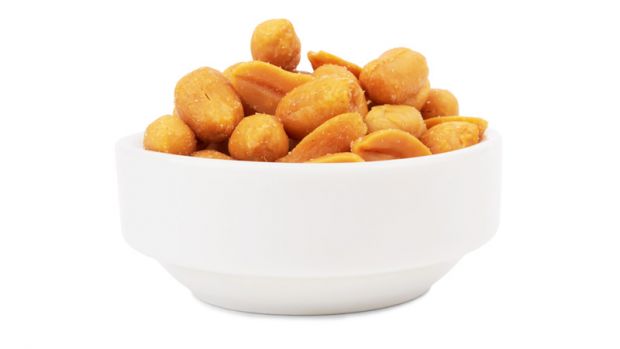
Familiar and innocuous, but their salt, fat and whopping 350 calories per 50g (not to mention the rumoured urine coating) make them one of the biggest party perils.
Sausage rolls
Pastry case + porky banger = fat and calories a-go-go.
Vol-au-vents
Don’t be fooled by the presence of low-fat protein such as chicken or prawns – this is fatty creaminess in a pastry bucket.
Mini burgers, mini hot dogs and mini pizzas
Do not be duped by dinkiness. You’ll easily eat the equivalent of a normal-sized version.
Twiglets
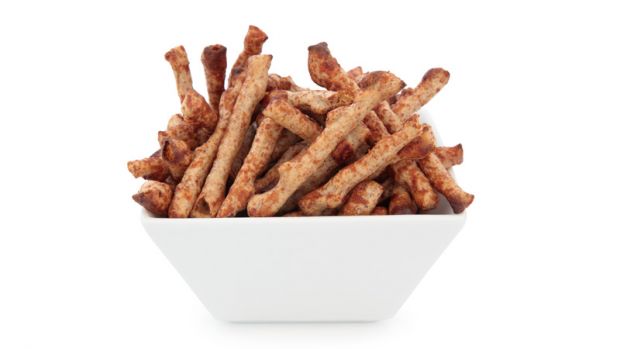
The Marmitey snacking twigs have 190 calories per handful compared with 280 for the Pringles.
Get the Coach Newsletter
Sign up for workout ideas, training advice, reviews of the latest gear and more.
Cheese board
Cheddar, Stilton, Gouda or any hard cheese should be kept to tiny slivers. Goat’s cheeses, brie and camembert can be more generously portioned. Go for the oatcakes, unbuttered French bread and water biscuits to eat them on and shun the fancier cheese-flavoured or butter-enhanced cheese biscuits like they’re timeshare salesmen.
Dips
Even if transported to your mouth by the near-calorie-free miracle of celery, all that sour cream or soft cheese should be given the swerve. Stick with hummus, tzatziki and guacamole – foreign visitors that give dips a good name.
Crisps
They may be wafer-thin, but that’s a surface that fat and salt feel at home on. Even the cheesiest tortilla chips are less fatty and salty and have 145 calories per 30g handful, as opposed to the 160+ in crisps.
Olives
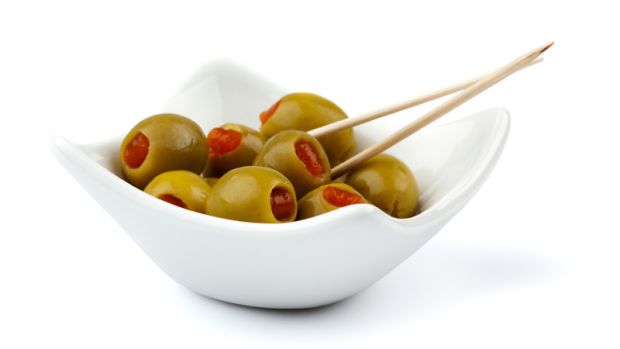
Count as one of your five-a-day. Smug face.
Battered bites
Think chicken nuggets and tempura prawns. Breading or battering tips a snack into the “caution” category.
Cocktail sausages
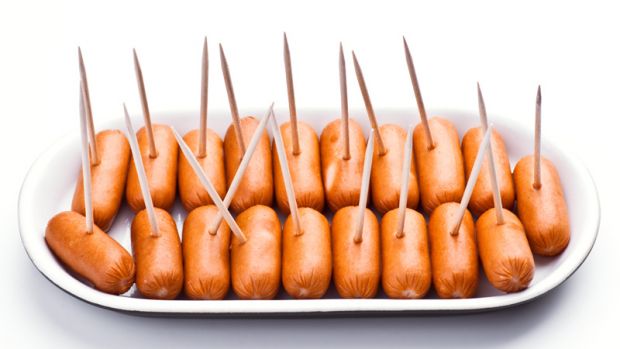
If denuded of a bacon or pastry cape, then these deliciously fatty, porky little fellas can be eaten in moderation.
Quiche
The slim slice of pastry beneath the eggy French tart means you can eat without too much fear. Tartlets of almost any description – savoury or sweet – are super-calorific, the exception being anything in filo pastry (less fat and fewer calories).
Garlic bread
May require a breath mint, but not zealous rationing.
Sandwiches
Smoked salmon without cream cheese, or chicken without mayonnaise.
Chicken skewers
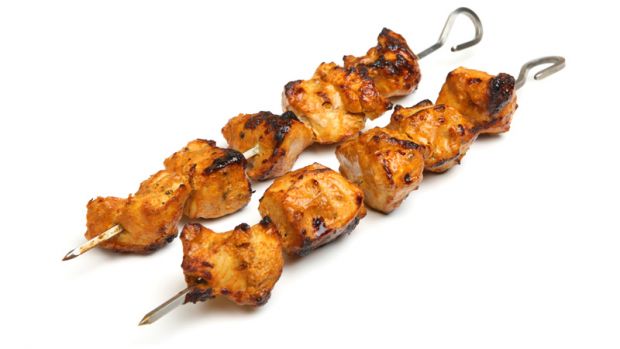
Whether tikka or satay, keep ’em coming.
Spring rolls
Vegetables, prawns and/or lean chicken – all good… until the deep fryer’s involved. Caution is required.
Dumplings
If soft they were boiled or steamed, so chow down. If crispy that means they have bathed in the deep-fat fryer, so hold back.
Sushi bites
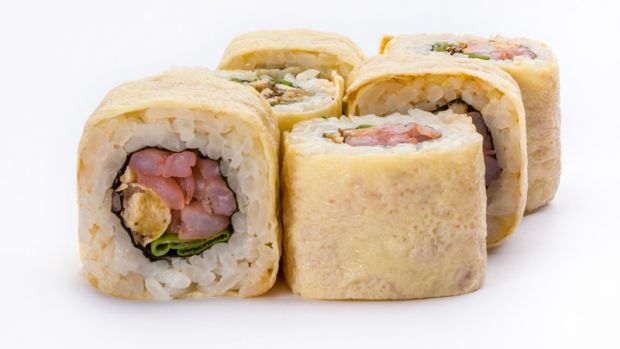
Fish or vegetables wrapped in rice and seaweed? We don’t mind if you do.
Cheese straws
Crispy strips of pastry laden with extra cheese and butter. Taste so good. Hurt your insides so bad.
Breadsticks
Second only to vegetable batons for guacamole and hummus extraction.
Crudités
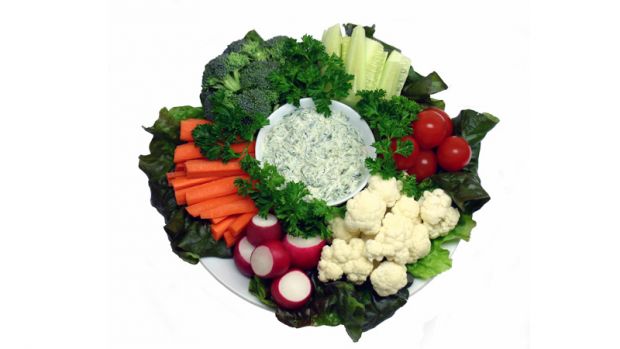
Red pepper, cucumber, carrot and celery dipping aids – lifesavers!
Pretzels
Twisty little fellas. Covered in salt.
Salsa
A belt of chilli with your tomato sauce speeds up your metabolism and helps you burn the buffet calories slightly more efficiently.
Deep-fried mozzarella sticks
A perennial buffet favourite. It’s deep-fried cheese, people.
Coach is a health and fitness title. This byline is used for posting sponsored content, book extracts and the like. It is also used as a placeholder for articles published a long time ago when the original author is unclear. You can find out more about this publication and find the contact details of the editorial team on the About Us page.

